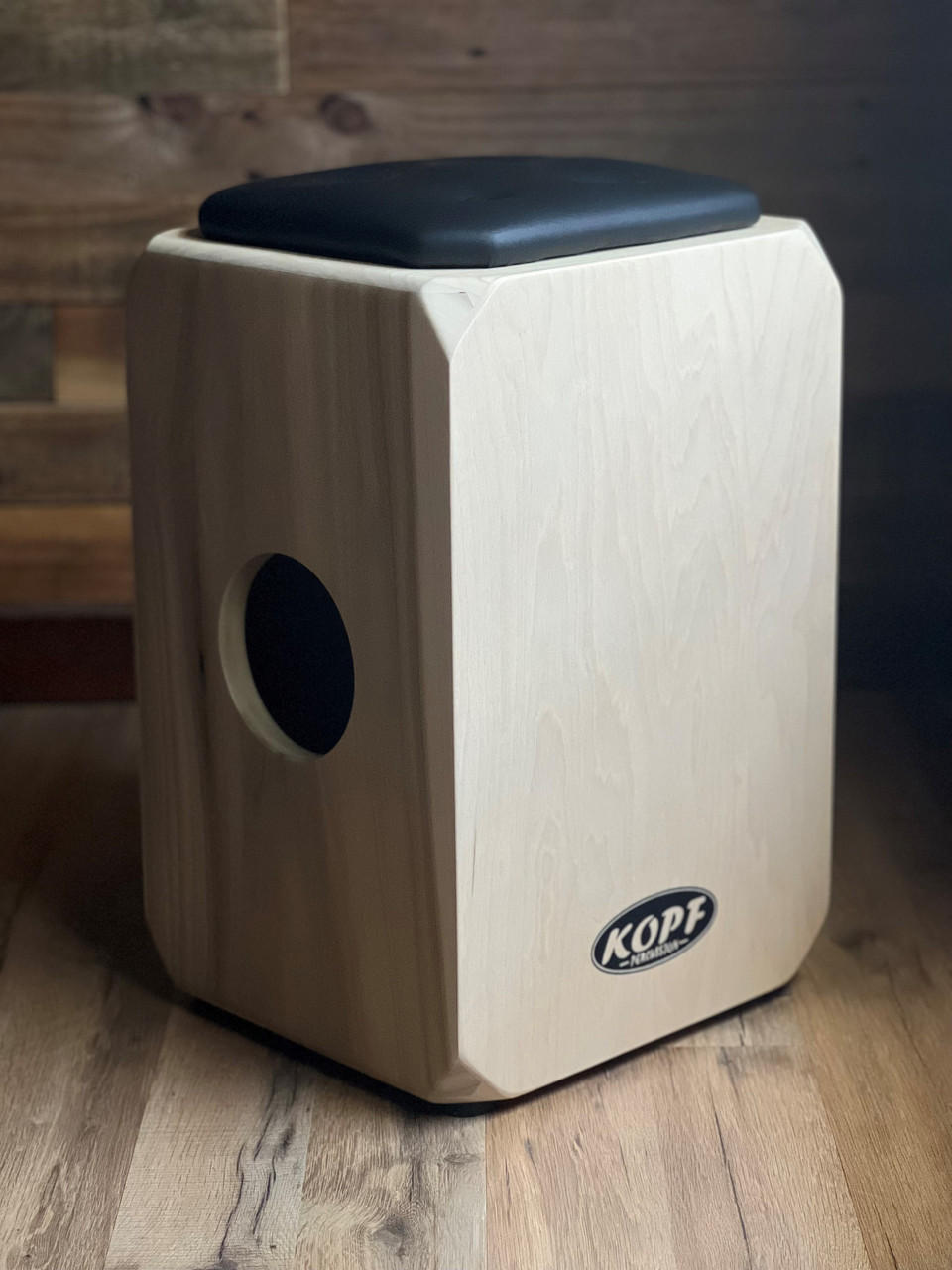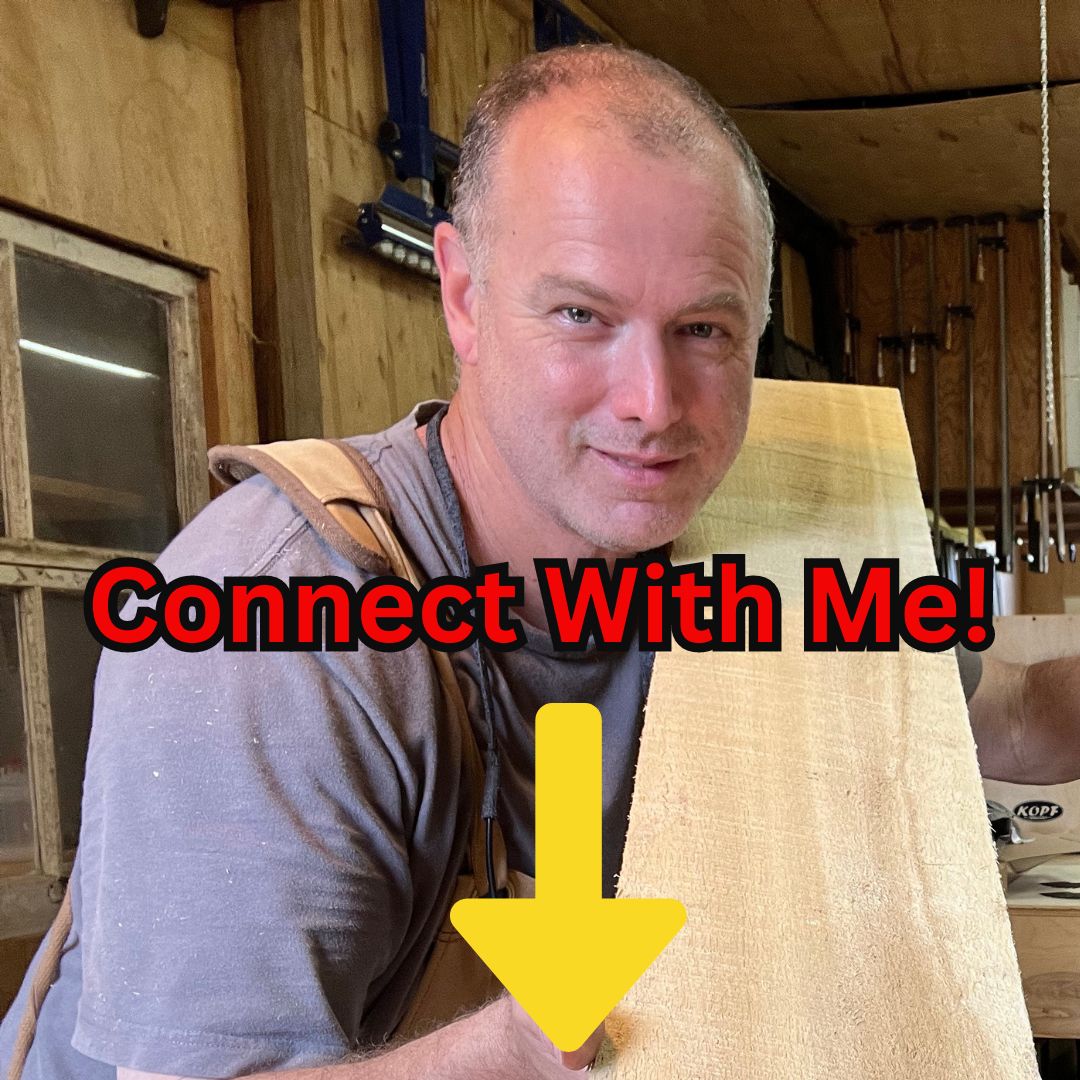Posted by Steve Head on 5th Jul 2024
The Principles of Traditional Japanese Woodworking and Their Application to My Drum Building at Kopf Percussion
Introduction
Traditional Japanese woodworking, with its meticulous craftsmanship and rich cultural heritage, has always fascinated me. The principles that guide this ancient craft emphasize not only technical skills but also a profound philosophical connection with nature, sustainability, and harmony. At Kopf Percussion, I incorporate these time-honored techniques and philosophies into every aspect of drum construction, resulting in instruments that are both visually stunning and acoustically superior.
The Essence of Japanese Woodworking
Harmony with Nature
One of the core tenets of Japanese woodworking is harmony with nature. This principle emphasizes the importance of working with natural materials in a way that honors their intrinsic properties. In traditional Japanese woodworking, wood is not just a raw material; it is seen as a living entity with its own spirit. This respect for wood extends to the careful selection of timber, where each piece is chosen for its unique characteristics and suitability for the intended project.
At Kopf Percussion, I embrace this philosophy wholeheartedly. Every piece of wood used in the construction of my cajóns and other percussion instruments is selected with great care. The natural grain, color, and texture of the wood are considered to ensure that it not only enhances the visual appeal of the instrument but also contributes to its acoustic properties. For instance, the use of different tonewoods such as walnut, maple, cherry, and poplar is not arbitrary but is based on their ability to produce specific tonal qualities that are desirable in a percussion instrument.
Precision and Patience
Precision and patience are fundamental to Japanese woodworking. The craft involves intricate joinery techniques that require a high degree of skill and attention to detail. Traditional Japanese joinery, such as dovetails, mortise and tenon, and kumiko, involves creating joints that fit together seamlessly without the use of nails or screws. This precision ensures that the structures are both strong and durable.
In my drum making at Kopf Percussion, I apply this same level of precision and patience. Each drum is constructed with meticulous attention to detail, ensuring that all components fit together perfectly. This not only enhances the structural integrity of the drum but also its sound quality. For example, the precision with which the drum's body is constructed affects how sound waves resonate within it, thereby influencing the overall tone and projection of the instrument.
Joinery Techniques
The sophisticated joinery techniques used in Japanese woodworking are a hallmark of the craft. These techniques involve creating complex joints that fit together without the need for metal fasteners, relying instead on the precise cutting and fitting of wood. This method not only creates strong and durable structures but also showcases the beauty of the craftsmanship.

At Kopf Percussion, the application of these joinery techniques is evident in the construction of my cajóns. The use of box joinery, for instance, ensures that the drum is robust and able to withstand the rigors of regular use. The clean lines and seamless joints also contribute to the aesthetic appeal of the drum, making it a piece of functional art.
Sustainability
Sustainability is a key aspect of Japanese woodworking. The use of natural materials and traditional techniques that allow for the reuse and recycling of wood minimizes waste and promotes environmental stewardship. This sustainable approach reflects a broader cultural appreciation for nature and a commitment to preserving it for future generations.
In line with this principle, I am committed to using sustainably sourced wood at Kopf Percussion. The selection process involves choosing timber from suppliers who practice responsible forestry. Additionally, the efficient use of materials and the recycling of offcuts and scraps contribute to reducing the environmental impact of drum production. This commitment to sustainability ensures that the beautiful art of drum making does not come at the expense of the environment.
Apprenticeship and Mastery
The tradition of apprenticeship is crucial in Japanese woodworking. Aspiring craftsmen undergo rigorous training under the guidance of a master, learning not only the technical skills required for the craft but also the values of discipline, respect, and dedication. This system ensures that traditional techniques and philosophies are passed down through generations, preserving the integrity of the craft.
At Kopf Percussion, I embrace this spirit of continuous learning and mastery. The process of making each drum is an opportunity to refine my skills and push the boundaries of craftsmanship. Whether it is experimenting with new designs or perfecting traditional techniques, the goal is always to achieve the highest level of quality and artistry.
Aesthetic Simplicity
Japanese woodworking is characterized by its aesthetic simplicity and elegance. The designs often emphasize clean lines, natural wood grain, and subtle details that enhance the beauty of the material. This minimalist approach is deeply rooted in Japanese culture, where simplicity and functionality are highly valued.

In drum making, this principle of aesthetic simplicity translates to instruments that are not only visually appealing but also highly functional. The clean lines and natural finishes of Kopf Percussion cajóns highlight the beauty of the wood, allowing its natural characteristics to shine. This approach not only enhances the visual appeal of the drums but also ensures that they are easy to play and maintain.
Application of Japanese Woodworking Principles in Drum Making
Wood Selection
The selection of wood is a critical aspect of both Japanese woodworking and my drum making at Kopf Percussion. Different woods are chosen for their unique properties, which affect the sound and appearance of the finished drum.
- Walnut: Known for its rich, warm tones and dark, attractive grain, walnut is often used for the body of the drum. Its density and hardness contribute to a resonant, full-bodied sound.
- Maple: Maple is prized for its bright, clear tones and striking grain patterns. It is commonly used for the playing surfaces (tapas) of the drum, providing a crisp, articulate sound.
- Cherry: Cherry wood offers a balance of warmth and clarity, with a beautiful reddish hue that deepens over time. It is often used for both the body and the playing surfaces.
- Poplar: Poplar is a versatile wood that provides a soft, mellow tone. Its lighter weight makes it ideal for portable instruments.
By carefully selecting these woods, I ensure that each drum not only looks beautiful but also meets the specific acoustic requirements of different playing styles and genres.
Joinery and Construction
The use of traditional joinery techniques is a key feature of Japanese woodworking, and this approach is also integral to my drum making at Kopf Percussion. Box joinery, for example, is used to create strong, seamless joints that enhance both the structural integrity and aesthetic appeal of the drum.
- Box Joinery: This technique involves cutting interlocking joints that fit together precisely, creating a strong and durable connection. The clean lines and tight fit of box joints are visually appealing and contribute to the drum's overall strength.
- Mortise and Tenon: In some cases, mortise and tenon joints are used to attach internal components, such as reinforcement braces. This traditional method ensures a secure connection without the need for nails or screws.
These joinery techniques not only reflect the high level of craftsmanship involved in making each drum but also ensure that the instrument is built to last.
Acoustic Properties
The acoustic properties of a drum are influenced by several factors, including the type of wood used, the construction techniques, and the finishing process. By applying the principles of Japanese woodworking, I create instruments that offer superior sound quality and a rich tonal palette.
- Resonance: The careful selection of tonewoods and precise construction techniques ensure that each drum resonates beautifully, producing a clear, full-bodied sound.
- Projection: The structural integrity of the drum, achieved through traditional joinery, allows for excellent sound projection, making the drum suitable for both studio recording and live performances.
- Versatility: The use of different woods for the body and playing surfaces allows for a wide range of tonal possibilities, making Kopf Percussion drums versatile instruments that can adapt to various musical styles and settings.
Sustainability and Ethical Sourcing
Sustainability is a core value at Kopf Percussion, reflecting the principles of Japanese woodworking. My commitment to using sustainably sourced wood ensures that the beauty of the craft does not come at the expense of the environment.
- Responsible Forestry: Wood is sourced from suppliers who practice responsible forestry, ensuring that trees are harvested in a way that promotes forest regeneration and biodiversity.
- Efficient Use of Materials: Offcuts and scraps are repurposed or recycled, minimizing waste and making the most of the valuable resources available.
- Long-Lasting Products: By creating durable instruments that are built to last, I contribute to a culture of sustainability and reduce the need for frequent replacements.
The Craftsmanship of Kopf Percussion
At Kopf Percussion, the principles of traditional Japanese woodworking are not just theoretical concepts but practical guidelines that inform every aspect of the drum-making process. From the careful selection of wood to the precise construction techniques and the meticulous finishing process, these principles are applied to create instruments that are both beautiful and functional.
- Attention to Detail: Every step of the drum-making process is carried out with meticulous attention to detail, ensuring that each instrument meets the highest standards of quality.
- Artistic Expression: The incorporation of custom details and artistic touches reflects the individuality of each drum and the craftsmanship involved in its creation.
- Commitment to Excellence: The continuous pursuit of excellence in both technique and design ensures that Kopf Percussion drums are not only instruments but also works of art.
Conclusion
The principles of traditional Japanese woodworking offer valuable lessons for modern craftsmen and musicians alike. By embracing these principles, I create drums that are not only aesthetically pleasing but also acoustically superior and environmentally sustainable. Whether you are a professional musician or an enthusiastic hobbyist, the craftsmanship and attention to detail that go into each Kopf Percussion drum ensure that you are playing an instrument that is built with respect for nature, precision, and a commitment to excellence.
These time-honored principles not only enhance the quality of the instruments but also deepen the connection between the musician and their craft, creating a richer and more fulfilling musical experience. As you explore the world of Kopf Percussion, you will discover the beauty and functionality of drums that are crafted with the same care and dedication that have defined traditional Japanese woodworking for centuries.
As an Amazon Associate, I earn from qualifying purchases. This means that if you click on the link and make a purchase, I may receive a small commission at no extra cost to you. This helps support my work in providing quality content. Thank you for your support!



